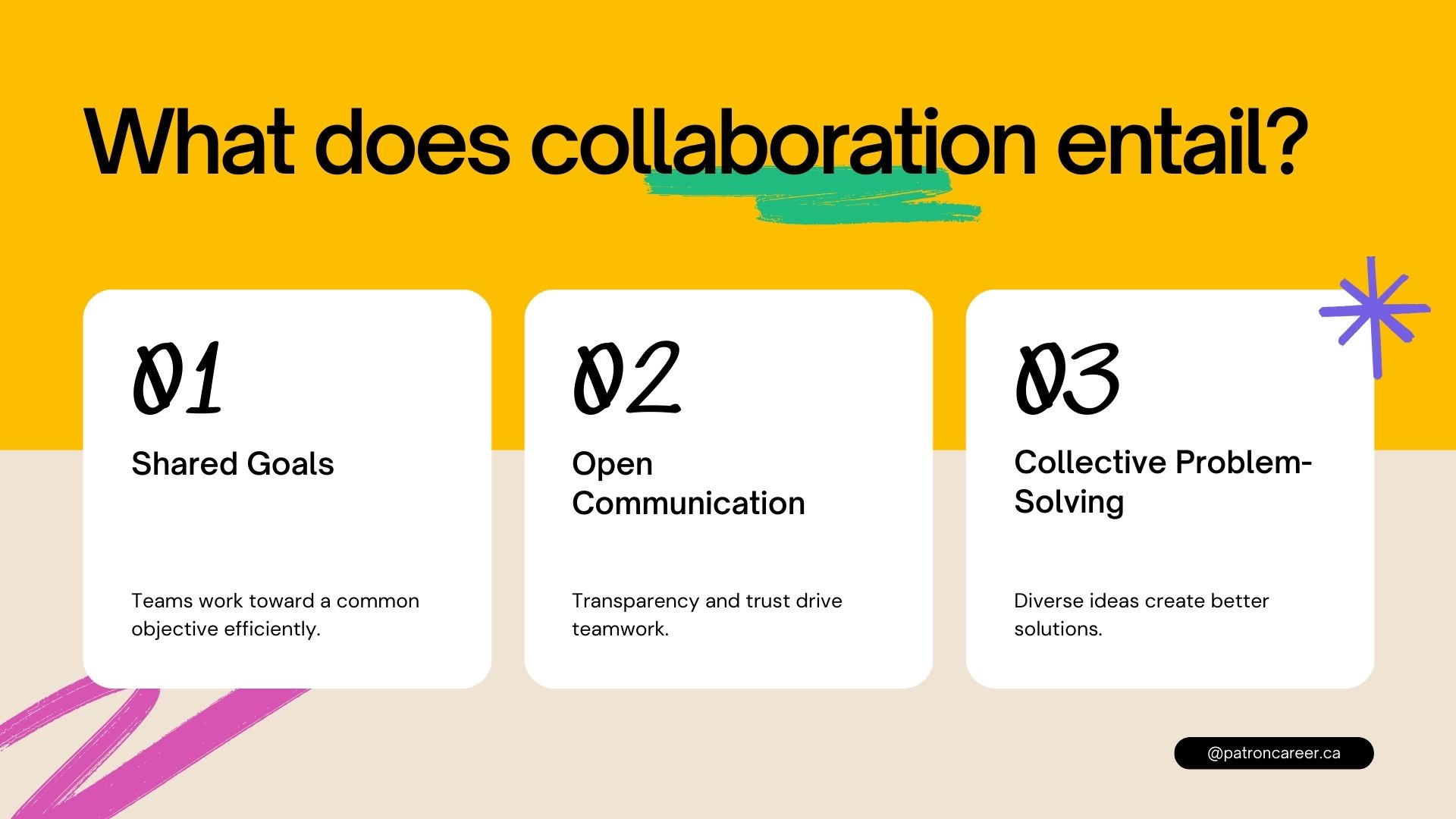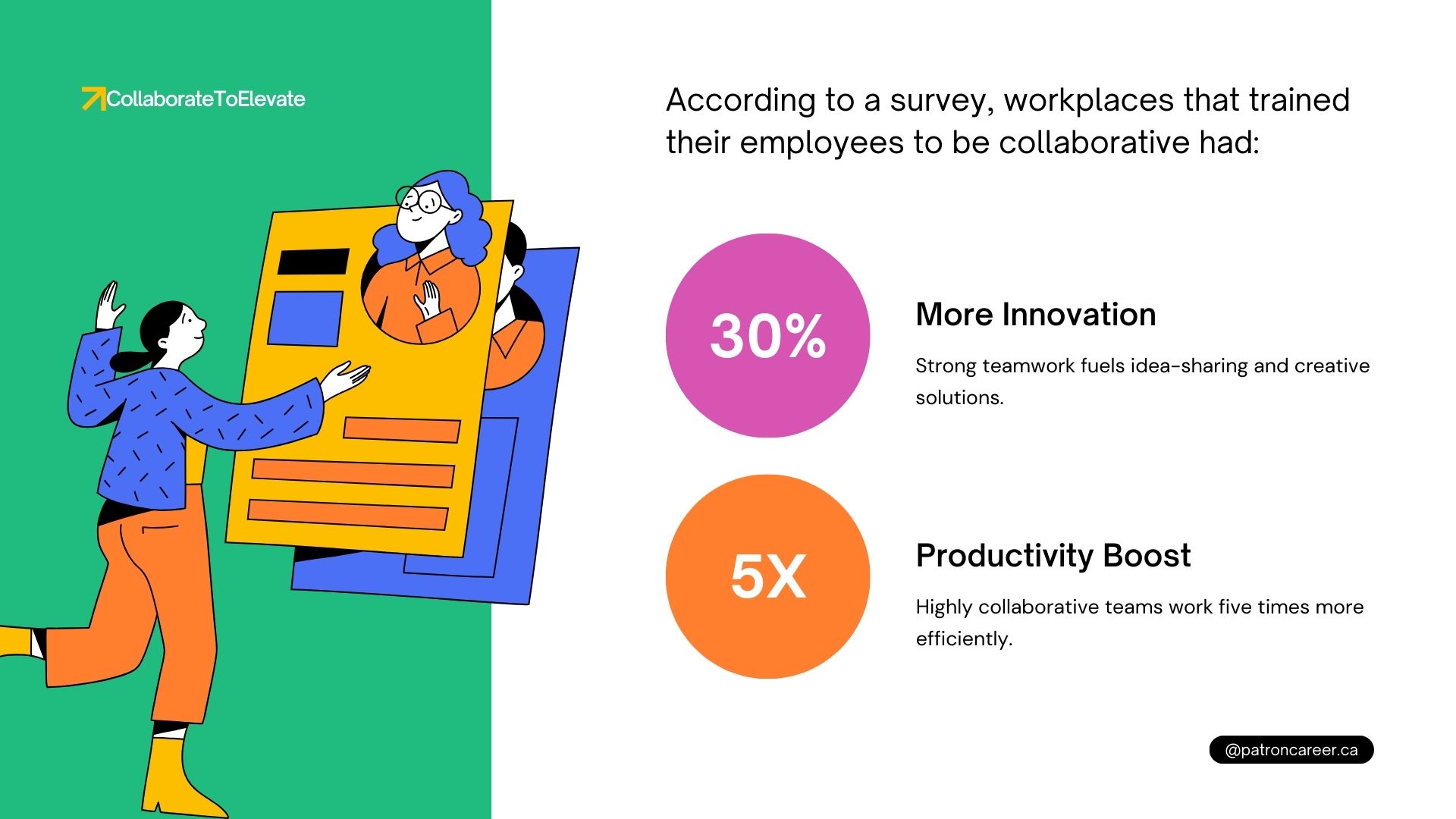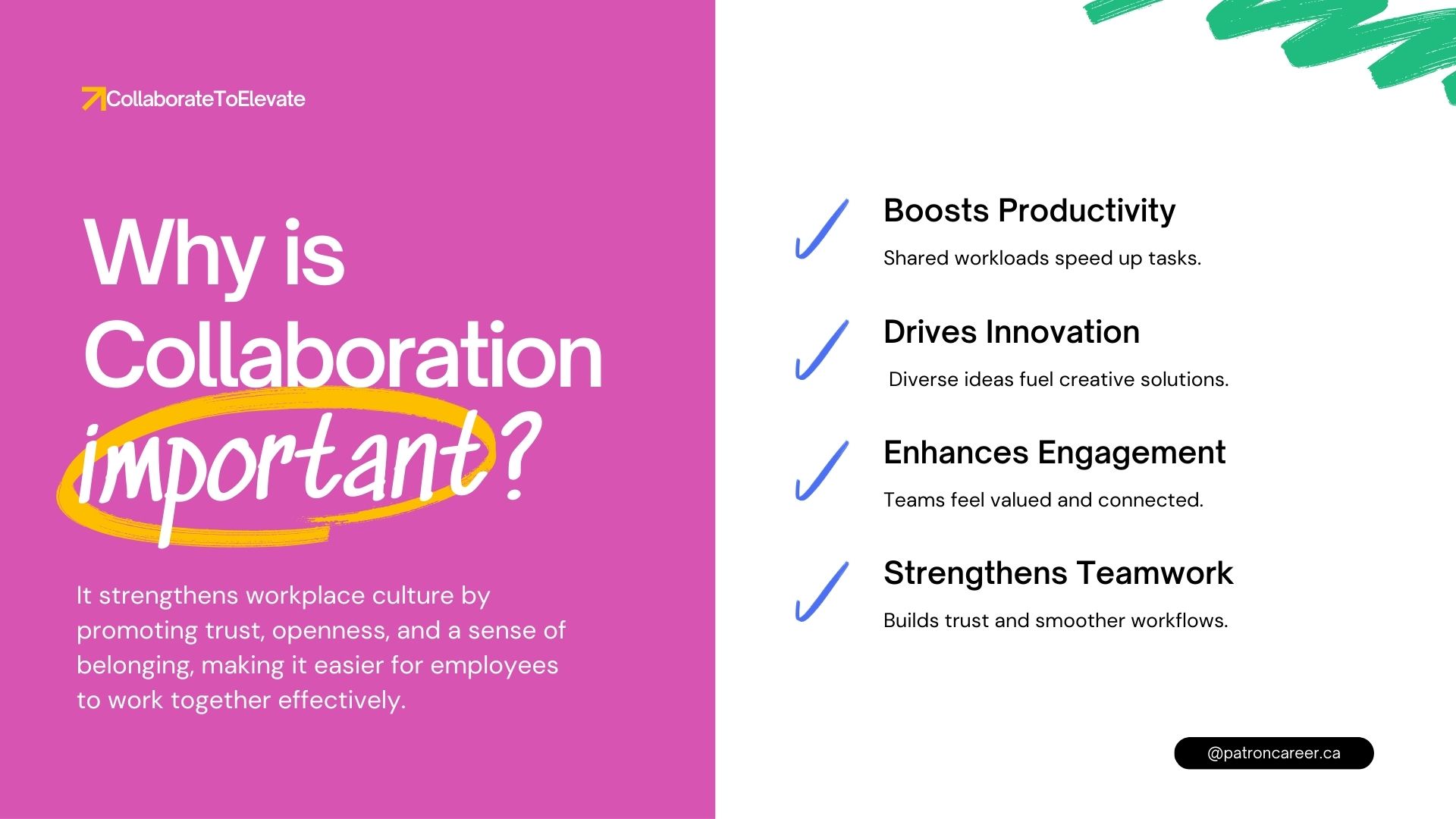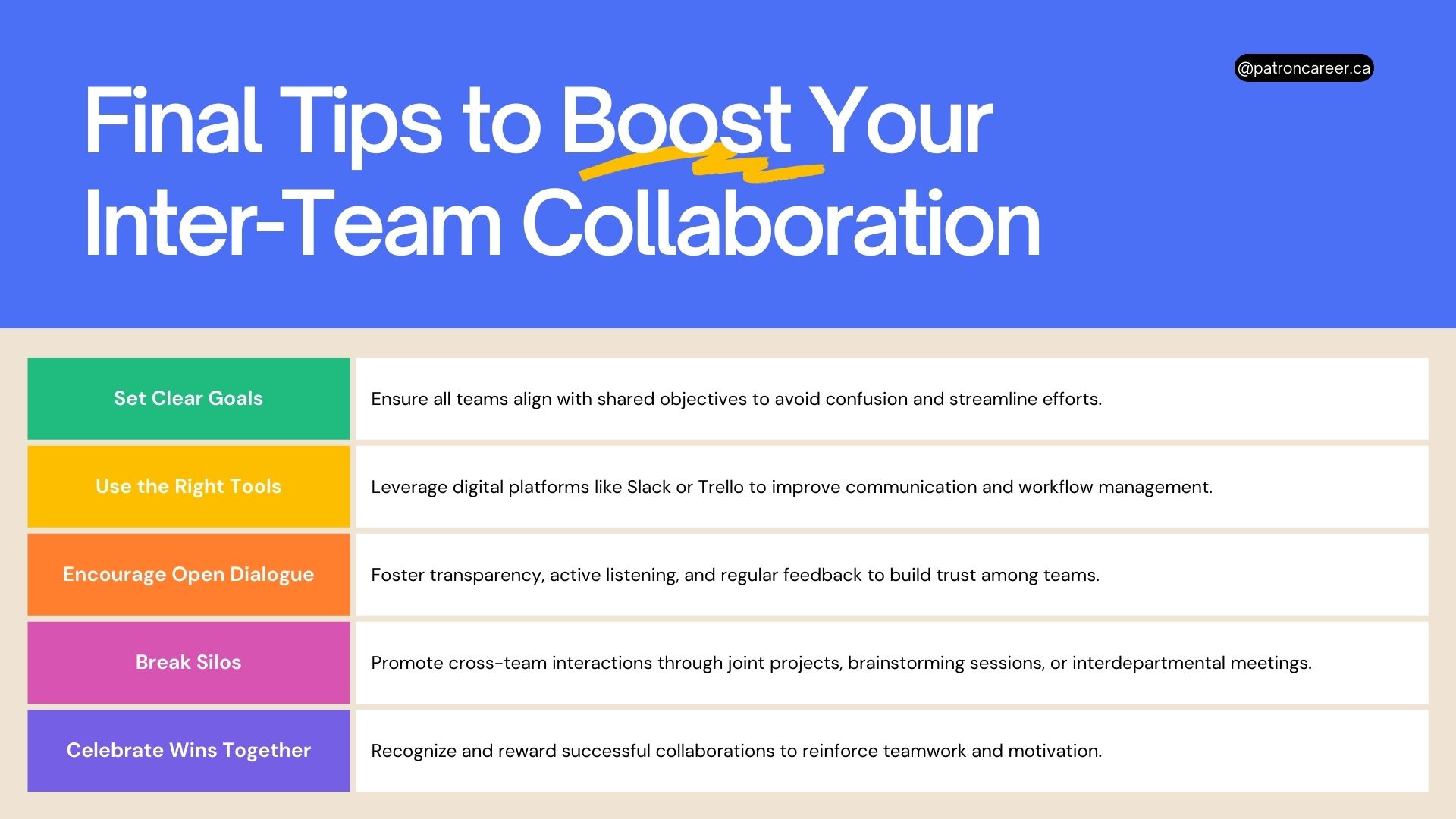5 Hacks to Ramp Up Workplace Collaboration and Never Worry About Team Productivity Again
The secret behind a thriving, high-performing organization— its workplace collaboration! Whether you’re working remotely or in an office, poor collaboration frustrates teamwork, coordination and creativity, while a highly collaborative team fuels innovation, efficiency and overall job satisfaction.
Collaboration doesn't happen overnight; it requires intentional strategies, planned effort, the right tools, and a culture that fosters open communication. If you are struggling to build a highly collaborative workplace, keep reading to learn why collaboration is a game-changer for your business and what you can ultimately do to ramp up collaboration skills and build an engaged, aligned, and goal-centric workforce.
Let's jump right in!
What Is Workplace Collaboration?
In the workplace context, collaboration is all about individuals working together to achieve shared objectives. This encompasses all the vital attributes and intellectual capabilities needed to work as a cohesive team and bring shared success. Mainly, clear communication, mutual respect, and a willingness to share responsibilities and ideas are the key components of workplace collaboration.
Collaboration at work can manifest in different ways—project-based group efforts, cross-functional teamwork, or even casual brainstorming sessions. True collaboration isn’t just about working together as a team, it's about creating synergy where the sum is greater than its parts. Once you crack the code to collaboration, you’ll find creativity blooming in your workplace and your employees unlocking inner happiness.
The ROI Of Collaboration in Today’s Workplace
Investing in workplace collaboration yields significant results, both culturally and financially. Studies suggest that companies with highly collaborative teams have five times higher productivity averse to companies that ignore collaboration practices. They also see a 30% increase in creativity due to enhanced collaborative thinking and ideation. They also experience an added advantage of lower employee attrition rates, enabling companies to retain their best people. In today's highly competitive employment landscape, companies cannot afford to overlook collaboration as a crucial component of their growth strategy.
5 Actionable Hacks to Ramp Up Workplace Collaboration Skills
1. Foster a Culture of Open Communication
Collaboration flourishes in an environment where employees feel comfortable sharing their thoughts, concerns and voicing their opinions. Employers need to build rapport, open lines of communication, and establish trust to enable employees to engage in meaningful discussions. Follow these 3 tips rigorously and see your company culture transform:
- Regular team check-ins to ensure everyone is on the same page.
- Use technology to the best of your advantage. Tools like Slack, Microsoft Teams, or Asana.
- Actively listen to promote open communication.
A better workplace culture is on the threshold. All you need to do is enlighten employees on how to acknowledge and consider diverse perspectives and work together as a team effectively.
2. Leverage Technology to Bridge Gaps
Technological advancement comes to the rescue of even the high and dry. The problem of the digital divide can be eliminated by resorting to cloud-based platforms such as Google Workspace, Trello, or Monday.com, where teams can collaborate seamlessly, no matter their location. By using these tools, teams can share documents in real-time, manage abundant tasks, and even workflow tracking becomes manageable. Companies can enhance collaboration skills by using project management software, which enables teams to assign tasks, set deadlines and track performance.
Related: Smart Strategies for Remote Engagement
3. Promote Cross-Departmental Collaboration
Cross-functional teams are becoming the new normal wherein employees are provided learning opportunities outside their primary job functions. Department silos in the workplace are detrimental for innovation and efficiency, making it crucial for organizations to promote cross-departmental collaboration. Encouraging employees from different departments to work together fosters fresh ideas and well-versed solutions. One way to achieve this is by organizing interdepartmental meetings or peer-led training workshops where employees can share insights and expertise. Additionally, job shadowing is another way to widen employee experience and enhance your employer brand.
Related: How to Implement Cross-Functional Training in Your Organization.
4. Encourage Team-Building Activities
The key to unlocking organizational success is effective team-building. With the right mentorship and positive environment, employers can bolster their team’s development and make teamwork even more fun. The tested strategies include organising regular team-building exercises, corporate retreats or casual social events, to allow team members to build favourable bonds with each other. Invest in your team’s well-being by persistently acknowledging excellence and celebrating their success.
5. Establish Clear Roles and Responsibilities
Defining clear goals and responsibilities can turn out to be highly useful in building collaborative skills. In the absence of this, resentment grows as employees become unsure of their roles and duties. Also, to build maximum accountability and prevent confusion, employers must focus on articulating clear roles from the outset of any project. One way to establish clarity is by appointing a collaboration leader who oversees teamwork and keeps everyone focused on the end goal. Using role-based accountability charts can also help outline responsibilities, making it easier for team members to understand their duties.
Wrapping Up: Make Collaboration Your Competitive Advantage
Building workplace collaboration is no longer an option, but an absolute necessity to drive success. Implement these effective strategies today and do everything in your power to promote collaboration within the workplace for the much-needed competitive advantage.








